
There are many trading strategies which are used in the market, but what if the investor desires to make a profit not from his, but from borrowed money. In that case, trading on margin is the common choice for the trader. However, let’s review all the benefits and drawbacks of this method.
Definition
An investor receives a Margin Call at the time of the margin account’s value dropping lower than the obligated requirement for the maintenance which is a broker’s mandatory condition.

Maintaining these conditions is required by the firm which the broker belongs to. In other words, to continue the operations with the account, the owner must keep the necessary amount of margin and there are several ways to do so:
- Basically, increase the value by adding funds.
- Invest with the unmargined asset.
- Sell the existing assets to balance the account.
There is a common level at which such accounts must perform: 25% of the investment. It is predetermined by the Federal Reserve’s Regulation T. Despite that, several firms may increase this level higher which fully depends on the brokerage firm’s individual features. These features are directed to avoid multiple risks that may occur due to the account owner.
Principles of work
This situation happens at the time of such accounts dropping the demanded levels of the margin: a customer receives a margin call from the broker. After this, an investor must fulfill the requirements by adding funds or selling the existing asset. However, it is not obligated to be an instant action: an investor has a small time period to increase the account balance up to the necessary amounts of margin. In case of the investor’s non-responding state, the broker himself can sell the assets which belong to the account. By doing that, the firm keeps the balance back into the requirements.
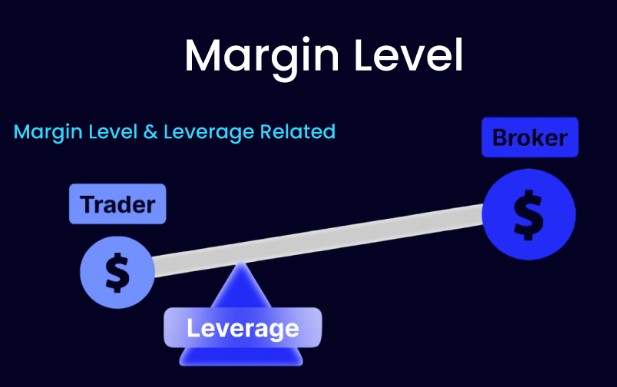
Moreover, financial regulators demand from brokerage firms to set the necessary levels of minimal margin to the investor’s account. Of course, if the balance doesn’t fit to it, market players must fix the situation, but there are several cases that may occur when the firm won’t give the customer a notification about dropping below the requirement and simply sells the assets by itself to bring the balance back to the demanded state.
Formula
Here’s the way to calculate the Margin Call price:
Initial Purchase Price (the cost of an asset) * ((1 – Initial Margin %(The required level for buying an asset)) / (1 – Maintenance Margin (The equity which must be sustained during the utilization of the account).
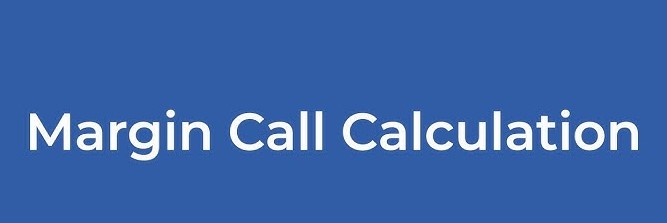
Instance
Let’s investigate a situation where the investor tends to buy a security for $80. This asset will come with an initial margin which equals 30%. In this specific example it will mean that the investor utilizes his funds which will be equal to $56 and the broker’s funding – $24. The maintenance margin is 25%, as the general financial regulators demand of. By using the formula, let’s calculate the margin call price: $80 * ((1 – 30%) / (1 – 25%) = $74.67.
In other words, if the value of the margin price is decreasing and drops below the estimated $74.67, there will be a margin call to occur.
By any means necessary, the account owner must fulfill the conditions, because if he doesn’t – the broker will hold a significantly higher equity position which is not the intended way to gain the profit. That’s the main reason to get such calls in the first place – to confirm the existing position by the consumer.
Covering
There are several consequences if the investor ignores the received call, the broker has all rights to leave the existing position which means that the broker can retrieve the initial funding that was provided. The rest will be retrieved to the investor. However, it means an unavoidable loss for the consumer, because the most significant part of the asset price will be received by the brokerage firm.
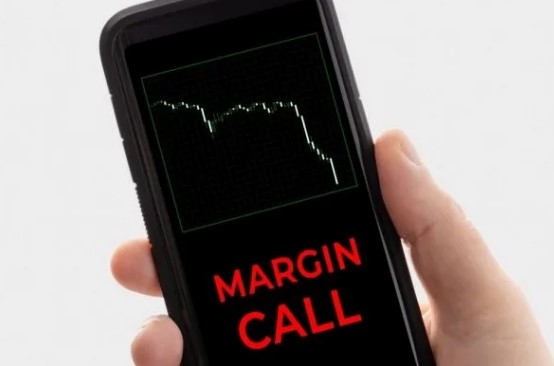
Here are several ways to respond on the call appropriately:
- Add more funding to the account.
- Sell some of the participating assets.
- Invest with the unmargined security.
Each of the options are confirmed to be the existing methods to restore the margin balance on the account.
Avoiding
It is a usual procedure in the market, however, there are multiple preventive actions that the market player can use to avoid such calls:
- Having additional funding. It won’t be wise to spend all the money on the assets without any precautions, like keeping the reserved amount of funding to keep the balance on the required level. Despite the inconsistency which may happen within the market, the value of cash provides the trader with a strong back up.
- Analyzing the volatility and preparing for its impact. It is not a secret that the diversification of the trader’s portfolio drastically increases the resistance of the investments. There are different assets to choose from: stocks, bonds, derivatives and e.t.c. In case of potential changes within the financial market, the portfolio, which holds a wide choice of assets, can withstand the pressure of the situation and secure the necessary margin levels.
- Searching for the assets which have a high return potential. Choosing them will significantly increase the chance of fast returns and the amount of it. In case of the successful trade, this return can provide the trader with another way to maintain the required balance.
- Ensuring that all the payments are executed within a demanded time period. It is crucial to remember that the interest charges are the continuous condition for the loan which is required to be fulfilled every month. Keeping that in mind, the participant must pre develop the payment plan that follows the demanded conditions. It will significantly decrease possible losses in the future.
- Investor’s minimum levels.
By doing that, the market participant follows the pattern: minimum required balance must be lower than the trader’s own maintenance margin. If the balance doesn’t follow this condition, he must improve the situation by increasing the value of it.

All of these methods together can create enough breathing room for people who would like to avoid potential margin calls.
Trading on Margin
The most important feature of margin trading is that the participant utilizes the broker’s funding, the borrowed one, which makes it a riskier method to make an investment in the first place. The losses in this trading approach can be much higher due to the leverage.
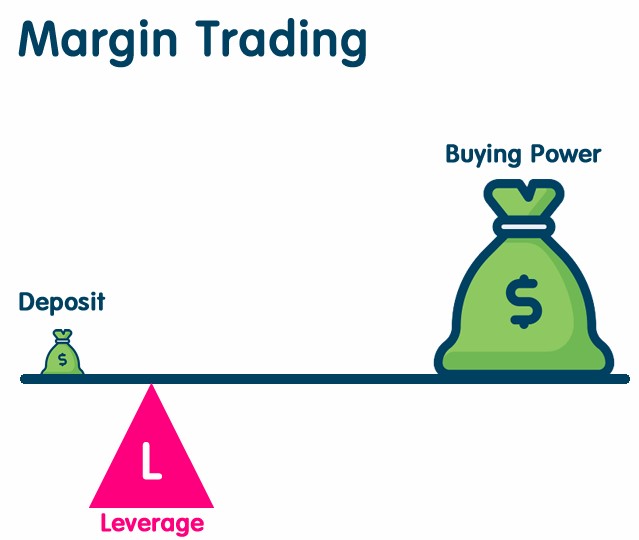
Risk Management
Despite being a quite risky way to trade, buying and selling assets on margin can be safer if the participant:
- Utilizes the fitting stop-loss order which will help to reduce the amount of potential losses.
- Investigates the leverage and sustain it on the affordable levels.
- Diversifies the portfolio with a variety of assets to decrease a chance to receive the call in the first place.
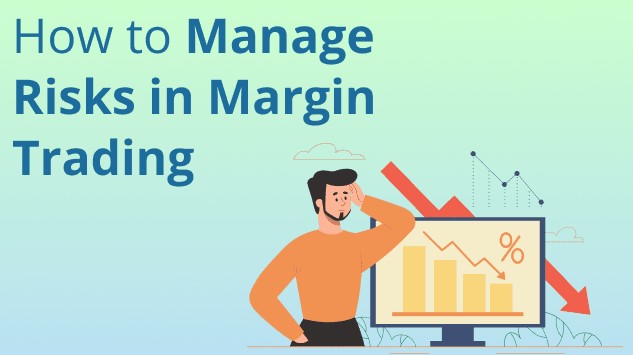
It is also important to subtract the human factor out of the equation by not making any rash decisions.
Summary
Trading on margin is a difficult approach which is not suited for many people because of the main principle of the strategy: the leverage. Not only that, but sustaining the levels of the margin is a task that requires a certain level of skill and the amount of funding in the first place. It will be a good enough way to trade if the asset brings more profit than demands for the purchasing.

However, not everyone can stick themselves in such conditions and receive margin calls which obligates them to make the balance filled with funding enough to maintain the necessary level of margin: investing more money, buying an unmargined asset and selling the existing ones on the balance to continue the positioning and providing the brokerage firm with this kind of confirmation that the trader is ready to continue the investing. There are many things to consider before entering this way of trading, but it may still be a profitable strategy with a lot to prepare for.
FAQ
What is a Margin Call?
An investor receives a Margin Call at the time of the margin account’s value dropping lower than the obligated requirement for the maintenance which is a broker’s mandatory condition.
How does a Margin Call occur?
This situation happens at the time of such accounts dropping the demanded levels of the margin: a customer receives a margin call from the broker. After this, an investor must fulfill the requirements by adding funds or selling the existing asset.
Can an investor delay the Margin Call’s meeting?
It is not appropriate to do so simply because it is an unavoidable action which is required to continue the trades. Surely, there are several cases that withstand two or 5 five days, at best, as a possible delay, but it is common to make the balance adapted within the strict short time boundaries. In case if it is ignored, the broker can and will liquidate the existing position and will retrieve his funding back. It may happen even without a notification. That’s why if the trader uses this type of strategy, it is crucial for the balance to fit all the requirements of the brokerage firm.
How to calculate a Margin Call price?
Here’s the way to calculate it:
Initial Purchase Price (the cost of an asset) * ((1 – Initial Margin %(The required level for buying an asset)) / (1 – Maintenance Margin (The equity which must be sustained during the utilization of the account).











